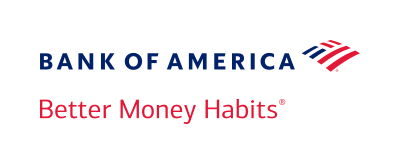
How do I use a
certificate of deposit?
Learn ways a CD can help you save

A certificate of deposit is a low-risk savings option. It provides a guaranteed return1 and is federally insured up to $250,000 per account owner.
1.
You can be charged an early withdrawal penalty if you take money out before a specified date. It’s important to review a CD’s terms carefully prior to opening one.
You deposit a specific amount of money for a set period of time, called the term. In return, the bank pays you interest. At the term’s end, you get your original deposit plus the earnings.
CD interest rates depend on market conditions, amount deposited and term.
They are usually higher than rates on savings accounts, but the money is less accessible.
A CD can be part of a diversified investment portfolio and works well for a goal that has a time element, such as:
Home renovations
New car
Next year’s vacations
Consider your goal, then shop around for a CD that balances term and return. A withdrawal penalty could apply if you take money out early, so review a CD’s terms carefully prior to opening.
Go to your bank’s website or mobile app. You can also call or visit a branch. You’ll need to fill out an application and present identification.
It’s a popular strategy of putting money into CDs with different terms. It gives you the easier access of shorter-term CDs and the higher returns of longer-term ones.
Divide your deposit among CDs of increasing terms—say one to three years. As a CD matures each year, continue the ladder by setting up a new three-year CD. Or you can use the cash for another purpose.
CD ladders help protect against changing market conditions. If interest rates fall, you’ve already locked in the higher rates. And if they rise, you can reinvest the maturing CD at the new rates.
CDs and savings accounts: Which should I choose?
Read, 2 mins
8 simple ways to save money
Read, 4 mins
Looks like your cart is empty. Why not go ahead and add some products in?
Use the following gestures to browse story content